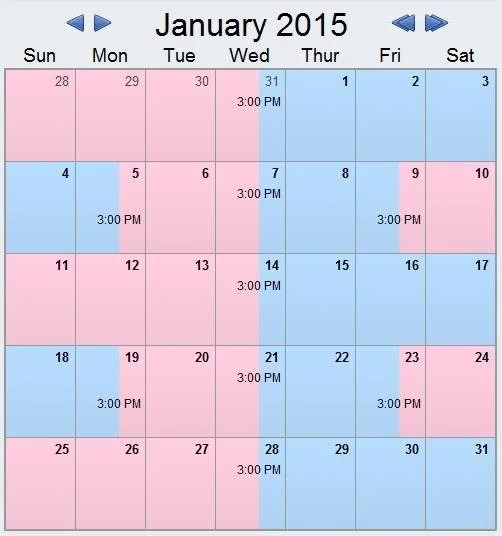
07/05/2017 • Written by Ann Grant
How to Create a Parenting Plan That Works for You & Your Kids
Co-parenting is not a competition between two homes. It’s a collaboration of parents doing what is best for the kids.” – Heather Hetchler
Your parenting plan or custody agreement outlines how you and your children’s father will continue to care and provide for your children after you separate. Most courts require you to attempt to work out a parenting plan before your case is heard. If you cannot agree on a plan, the judge will order it. Since the judge is not aware of all the nuances of you and your child’s needs, it is best if you can work out a schedule rather than relying on the judge to sort it out. An effective plan is personalized to fit the needs of your family situation and contains the following information.
Parenting Schedule
Your parenting schedule shows when your child is with each parent. Your schedule should include the daily living schedule, holidays, and vacation time. Consider the physical, emotional and social needs of your child as you make your schedule. And be aware that while courts used to routinely order that mothers had children most of the time and fathers had visitation, that has changed. Now, courts are much more apt to order a 50-50 timeshare arrangement, especially if both parents are employed.
The 2-2-3 Schedule
Very young children typically do better with fewer days away from each parent. A 2-2-3 schedule for children under the age 5 can be a good solution if both parents work.
In this custody schedule, one parent has the child for two days, the other parent has the child for the next two days, and then the child goes back to the other parent for a three-day weekend. It ends up working out that each parent has two days with the child during the week and the parents alternate with a long weekend. With this schedule, the parents have an equal amount of time with the children. There is more switching back and forth than a 2-2-5-5 custody schedule (see below). If the parents live close by and the child does all right with the changes, then this arrangement may work very well for you
The 2-2-5-5 schedule
A 2-2-5-5 schedule divides the children’s time equally between the parents, but there is less switching back and forth than the 2-2-3 schedule. In the 2-2-5-5 schedule, your child lives 2 days with one parent, 2 days with the other parent, 5 days with the first parent, and 5 days with the second parent. The children spend more time away from each parent, but this schedule can work quite well for children who are in school.
The Alternating Weeks Schedule
The alternating weeks schedule is a 50/50 residential schedule. Your child spends one week with one parent and the next week with the other parent. This repeats throughout the year. Here's how this schedule looks in the calendar. Older children can typically handle longer periods of time away from a parent. The alternating week schedule can work well for teenagers. It is the simplest shared parenting schedule. However, the drawback of this schedule is that a parent doesn’t see the children for an entire week. To make this work, many parents take the basic alternating week schedule and add some variations to it. A common thing to do is to add an evening visit during the week with the other parent.
INSIDER TIP: The software from www.custodyxchange.com allows you to create parenting plans and calendars.
The pattern that emerges with all of these schedules, is that to make a shared parenting arrangement, simply divide up a week or two-week time period equally between the parents. Then you can have that be your repeating cycle. You can set up anything that works for you. Perhaps it works best for you to have the child live with one parent, but the other parent takes them after school and on Friday night. Experiment with some different custody calendars and see what looks good to you.
The 2-2-3 Schedule
The 2-2-5-5 Schedule
Alternating Weekends Schedule
Explore more blogs





















